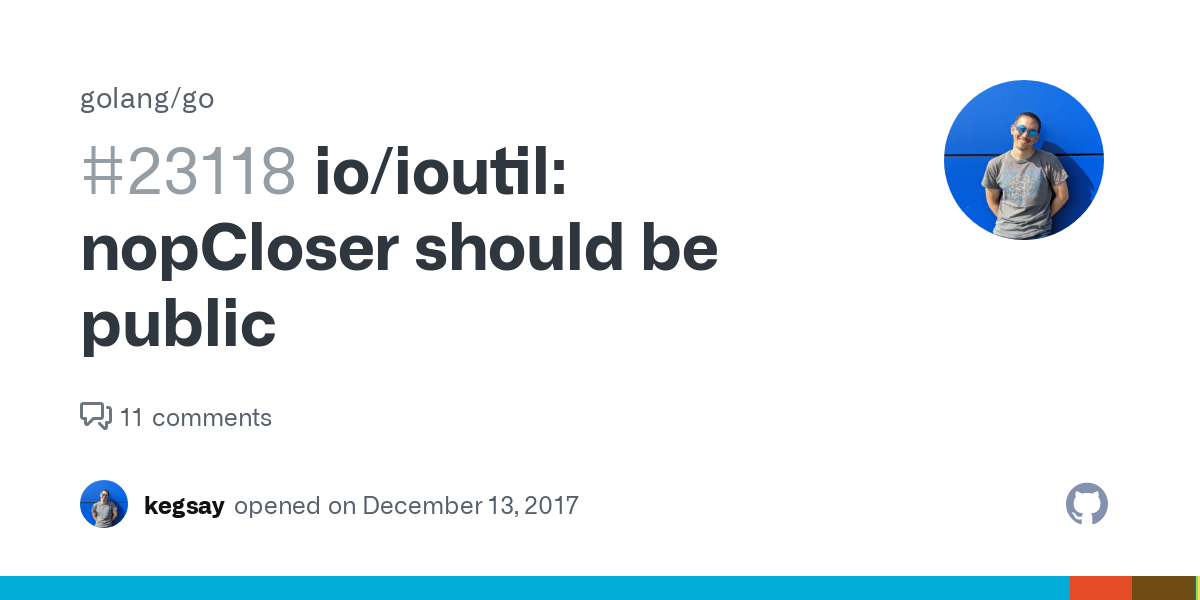update: ioutil逐渐被io 取代。
1
2
3
4
5
6
7
8
9
10
11
12
13
14
15
| package ioutil // import "io/ioutil"
func NopCloser(r io.Reader) io.ReadCloser
NopCloser returns a ReadCloser with a no-op Close method wrapping the
provided Reader r.
As of Go 1.16, this function simply calls io.NopCloser.
package io // import "io"
func NopCloser(r Reader) ReadCloser
NopCloser returns a ReadCloser with a no-op Close method wrapping the
provided Reader r.
|
最近使用baloo写集成测试,遇到了个需求,
在unmarshalrespones之后(或者之前)还要再输出一次response的纯文本格式供debug参考。
即需要多次读http.Resp.Body。
response.Body 只能读一次,读完之后再进行read操作就会遇到EOF error。
分析问题#
模糊记得baloo在一次请求中能多次(JSON() 和 String())读取response.Body内容。
仔细去看了下baloo的源代码,发现baloo自己在内部 封装了一个对象 http.RawResonse ,使用了 iouti.NopCloser函数重新填充了res.Body:
1
2
3
4
5
6
7
8
9
10
| func readBodyJSON(res *http.Response) ([]byte, error) {
body, err := ioutil.ReadAll(res.Body)
if err != nil {
return []byte{}, err
}
// Re-fill body reader stream after reading it
res.Body = ioutil.NopCloser(bytes.NewBuffer(body))
return body, err
}
|
解决方案#
有了 ioutil.NopCloser函数,可以很快速的写出debugPlugin:
1
2
3
4
5
6
7
8
9
10
11
12
13
| func debugPlugin() (p plugin.Plugin) {
f := func(ctx *context.Context, h context.Handler) {
res, err := ioutil.ReadAll(ctx.Response.Body)
fmt.Println("response:", string(res), err, "response Type:", ctx.Response.Header.Get("Content-Type"))
// should CLOSE, due to next Close method will be no-op
ctx.Response.Body.Close()
ctx.Response.Body = ioutil.NopCloser(bytes.NewBuffer(res))
h.Next(ctx)
}
p = plugin.NewResponsePlugin(f)
return
}
|
注意:应该先 resp.Body.Close() 掉,然后重新填充reader。
因为新的Response.Body.Close()是 no-op操作,不会去close 之前的Body,可能会造成资源泄漏。
